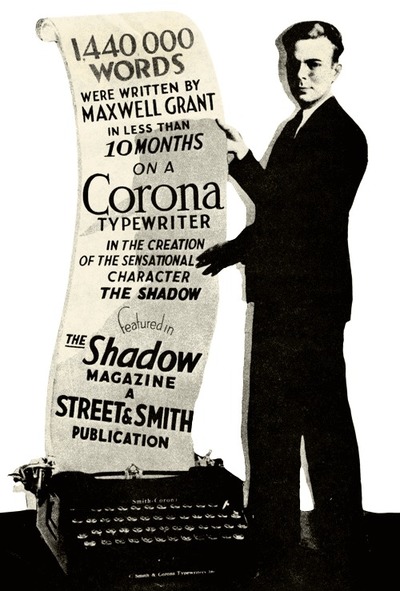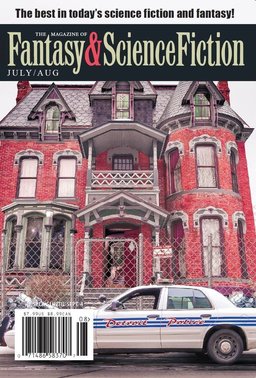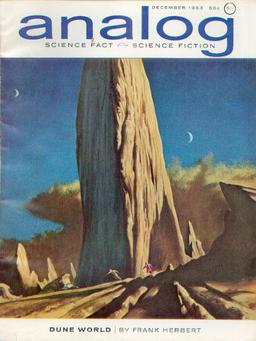Urban Fantasies and Robot Westerns: The Novels of C. Robert Cargill
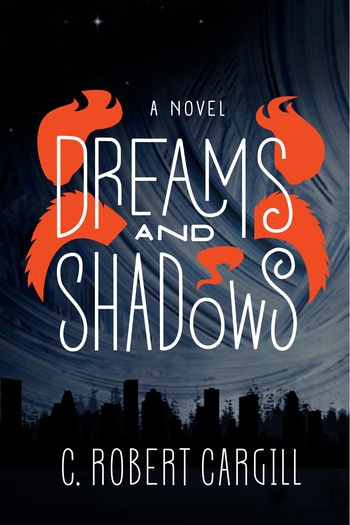 |
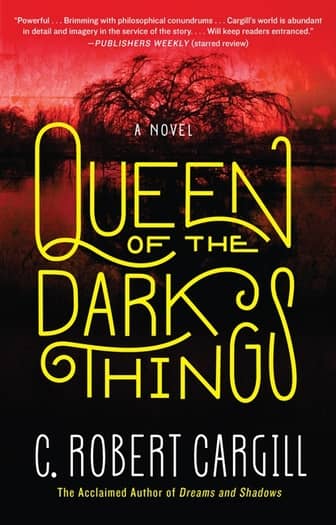 |
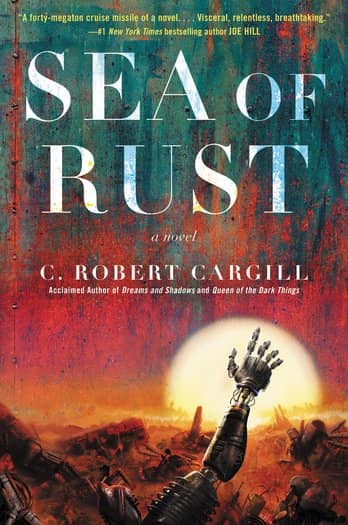 |
In the wider world, C. Robert Cargill is probably best known for his Nebula-nominated script for the movie version of Doctor Strange, and for the uber-creepy Sinister (brrrr). But around these parts, he’s known for his pair of novels about the Austin wizard Colby: his debut Dreams and Shadows (2013) and the sequel Queen of the Dark Things (2014). In her Tor.com review, Emily Nordling said, “Dark, comedic, and unsettling, Dreams and Shadows is everything an urban fantasy sets out to be.” I bought both books last year and put them near the top of my to-be-read pile.
But now along comes his third novel, Sea of Rust, a robot western set in a post-apocalyptic landscape in which humans have been wiped out in a machine uprising. This doesn’t just one threaten to replace his previous two in my TBR pile; it’s likely it will move right to the top. It arrives in hardcover from Harper Voyager on September 5.
